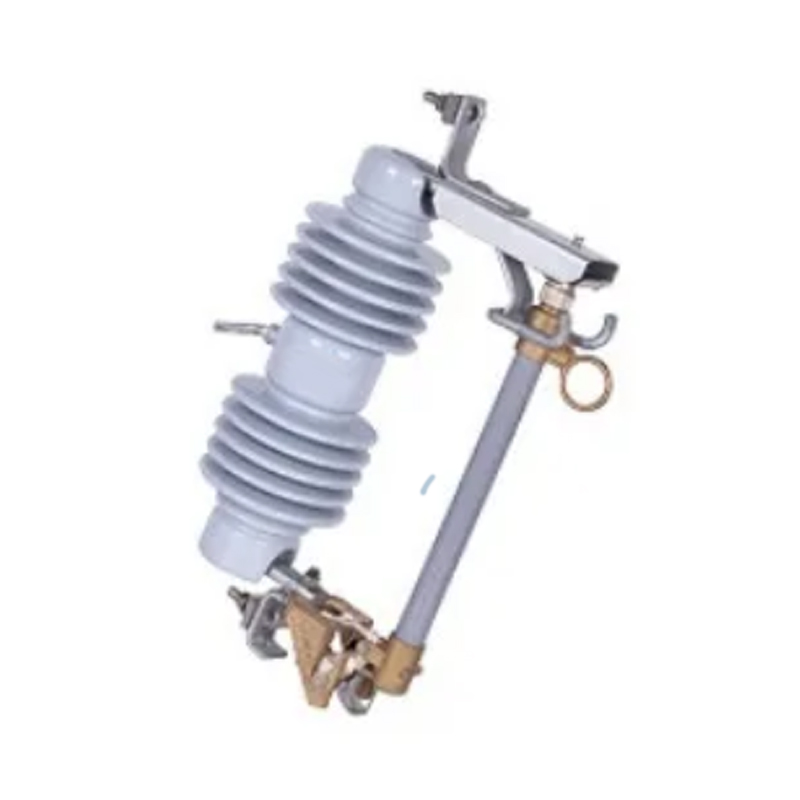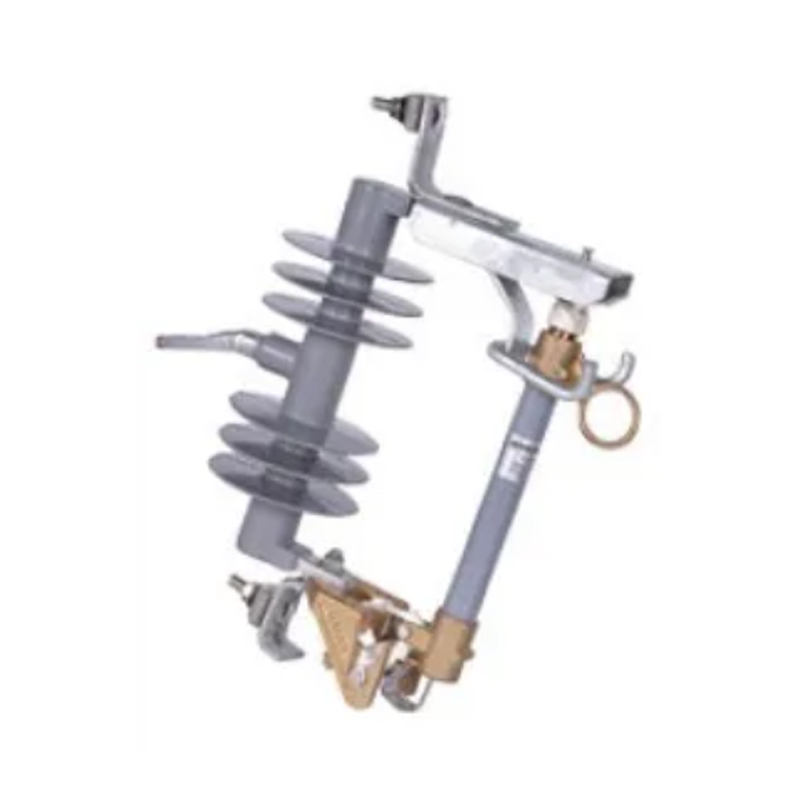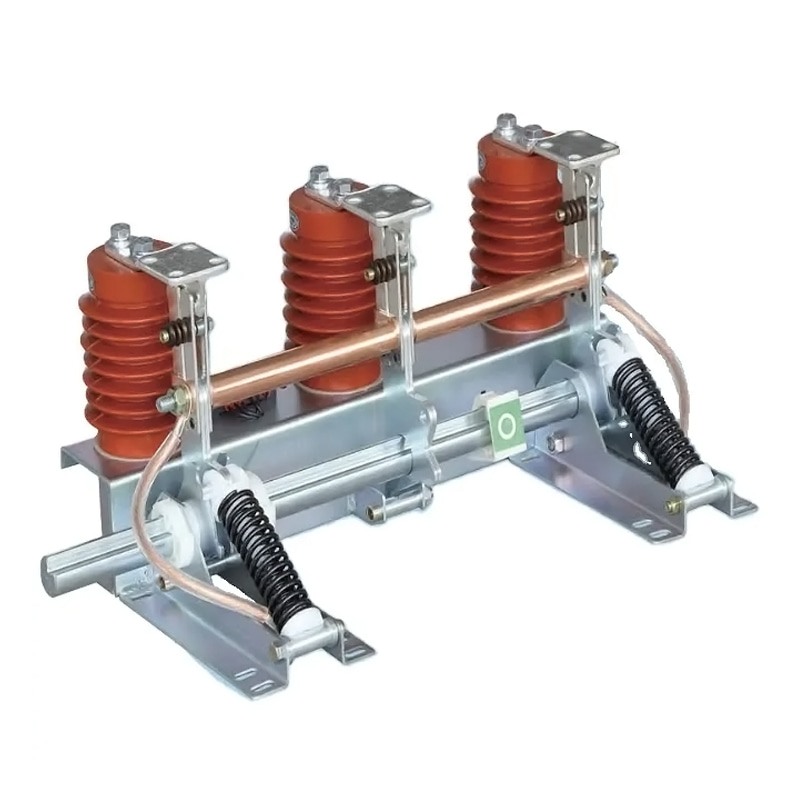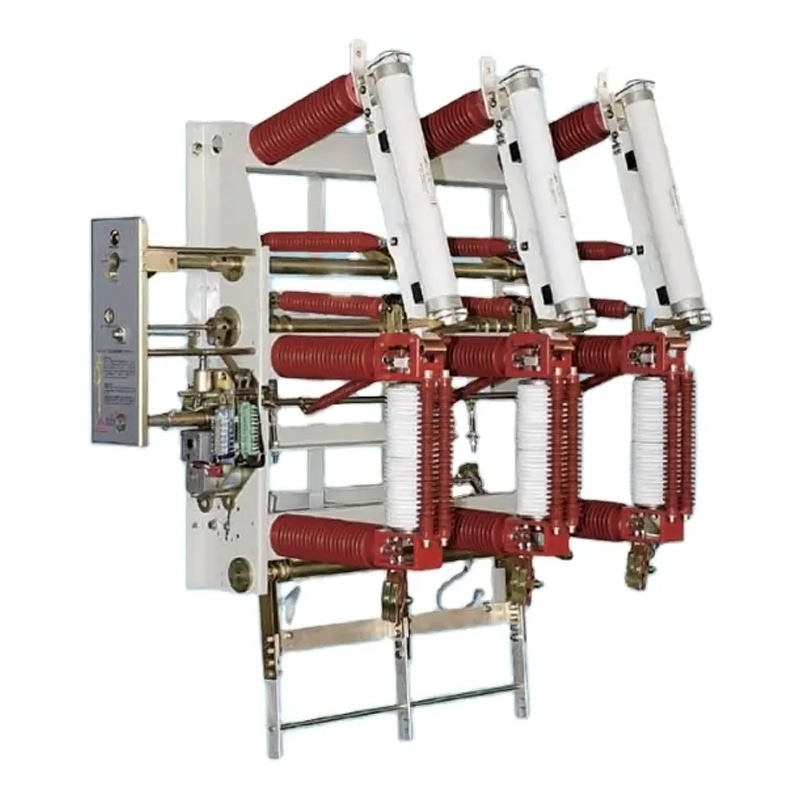Wholesale Supply Low Voltage Switchgear Manufacturing Producer
Low voltage switchgear is a crucial component in electrical distribution systems, providing control and protection for electrical circuits and equipment. Wholesale supply of low voltage switchgear has become an essential aspect of meeting the demands of various industries and construction projects.
One of the primary functions of low voltage switchgear is to provide circuit protection. This is achieved through components such as circuit breakers and fuses, which are designed to interrupt the circuit in the event of an overload or short circuit. Circuit breakers can be reset after tripping, while fuses need to be replaced. Both devices play a vital role in safeguarding electrical systems from damage caused by excessive current.
Low voltage switchgear also facilitates control and switching of electrical circuits. Switches and contactors within the switchgear allow for manual or automated control of electrical equipment. This functionality enables operators to turn equipment on or off, manage power distribution, and implement various control strategies to optimize system performance.
Modern low voltage switchgear often includes monitoring and diagnostic features. These features provide real-time information about the electrical system's status, including current, voltage, and power consumption. Advanced switchgear can also detect and report anomalies or potential issues, allowing for timely maintenance and reducing the risk of unexpected failures.
Many low voltage switchgear systems are designed with modular components that can be easily added or replaced. This modularity allows for flexibility in system design and expansion, enabling users to customize the switchgear to meet specific requirements. Modular switchgear systems can be configured to accommodate different numbers of circuits, power ratings, and other specifications.
In commercial buildings, low voltage switchgear is used to manage and protect electrical systems that supply power to lighting, HVAC systems, elevators, and other critical infrastructure. Properly designed switchgear ensures that these systems operate efficiently and reliably, contributing to the overall functionality and safety of the building.
Industrial facilities often require robust low voltage switchgear to handle high-power demands and harsh operating conditions. Switchgear in these settings is used to control and protect machinery, production lines, and other electrical equipment. The ability to provide reliable protection and control is essential for maintaining operational efficiency and preventing equipment damage.
In residential projects, low voltage switchgear is utilized in electrical panels and distribution boards to manage power distribution within the home. It ensures that electrical circuits are protected and allows for safe and convenient control of household electrical systems. Proper installation and maintenance of switchgear are crucial for ensuring safety and compliance with electrical codes.
Data centers rely heavily on low voltage switchgear to manage power distribution for critical IT infrastructure. The switchgear must provide reliable protection and control to ensure the uninterrupted operation of servers, networking equipment, and other essential components. Advanced monitoring and diagnostic features are often used to maintain system integrity and prevent downtime.
When purchasing low voltage switchgear, it is important to ensure that the equipment complies with relevant industry standards and regulations. Compliance with standards such as those set by national and international electrical safety organizations ensures that the switchgear meets safety, performance, and reliability requirements.
The load capacity and ratings of low voltage switchgear must be suitable for the specific application. This includes considering factors such as the current rating, voltage rating, and short-circuit protection capabilities. Selecting switchgear with appropriate ratings helps to ensure safe and reliable operation within the intended electrical system.



 English
English русский
русский عربى
عربى










